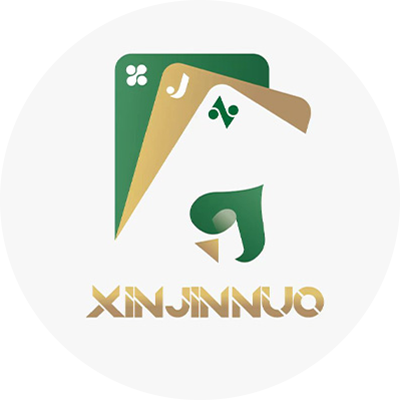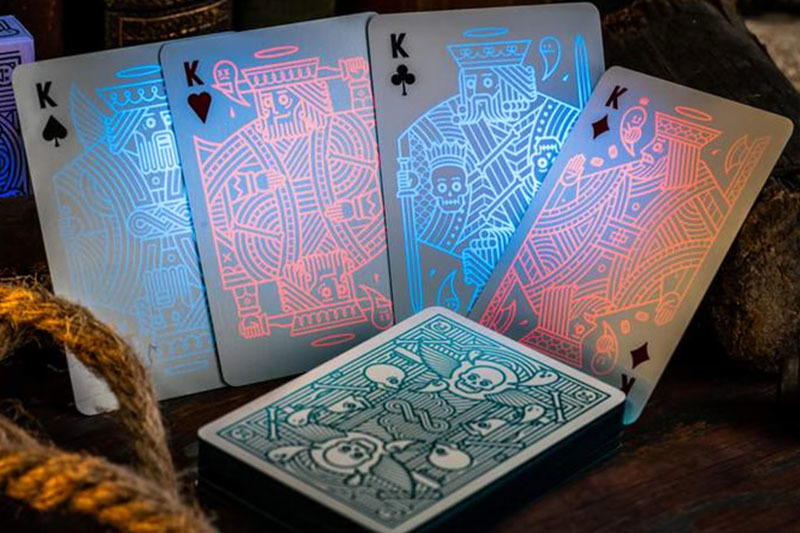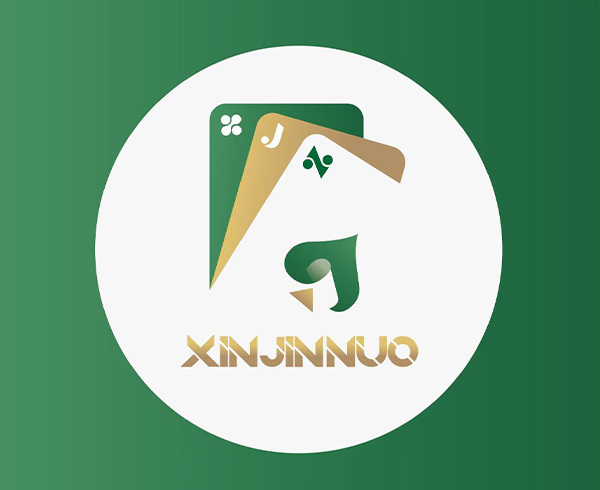The History and Culture of Playing Cards
2025-03-18
### History and Culture of Playing Cards
Playing cards undoubtedly hold a significant place in the history of human entertainment. They are not only a simple and easy-to-learn game tool, but also contain rich historical and cultural connotations. From their origins and evolution, to national characteristics and modern influences, the story of playing cards is like a series of vivid pictures, showcasing the crystallization of human wisdom.
#### Origins and Early Development
There are various theories about the origin of playing cards, the most prevalent being that they originated from the Chinese game "Leaves Play." Records indicate that Leaves Play was an ancient card game that appeared during the Tang Dynasty and spread widely throughout the subsequent Song, Yuan, Ming, and Qing dynasties. The basic gameplay and rules of Leaves Play share many similarities with modern playing cards, such as the number of cards, suits, and combination methods.
However, the direct predecessor of modern playing cards is more likely to be the Venetian cards of Europe. At the end of the 14th century, Venice became the commercial and cultural center of Europe, where various cultures and forms of entertainment converged. Venetian cards gradually formed against this backdrop. Initially, they only had 40 cards, divided into four suits, each suit with ten cards representing numbers from 1 to 10. Over time, Venetian cards gradually spread throughout Europe, combining with local cultures and entertainment forms to create unique playing cards.
#### Evolution of Suits and Symbols
The suits and symbols of playing cards are also an important part of their cultural connotations. Modern playing cards are usually divided into four suits: hearts, spades, diamonds, and clubs. The origins and meanings of these suits are also quite controversial.
Hearts are usually considered to symbolize love and life, their heart-like shape giving them their name. Spades represent death and mystery, their shape resembling an inverted dagger, implying an end and danger. Diamonds symbolize wealth and power, their shape resembling ancient coins or jewels. Clubs symbolize luck and happiness, their shape like a blooming flower, giving a sense of good wishes.
In addition to suits, the numerical symbols on playing cards have also evolved. The earliest Venetian cards only had numbers from 1 to 10. Later, with the development of playing cards in various parts of Europe, figures such as K (King), Q (Queen), and J (Jack) were gradually added. These figures usually represent famous historical or legendary figures, such as Charles I of England, Joan of Arc of France, and Roland of Germany.
#### National Characteristics and Influences
As playing cards spread throughout Europe, various unique gameplay and rules gradually formed. For example, the French card game "poque" attracts countless players with its unique rules and strategies; the German card game "Schwarz" is known for its complex combinations and variations; while the British card game "poker" is widely popular for its simplicity and fun.
Besides Europe, playing cards also spread to Asia, America, and Africa. In Asia, Chinese Mahjong and Japanese flower cards have been influenced by playing cards; in America, games such as Texas Hold'em in the United States and Rooster fighting cards in Mexico have become important parts of local entertainment culture; in Africa, some countries have also developed playing card games with local characteristics.
#### Modern Influence and Legacy
With the advancement of technology and globalization, playing cards are no longer simply entertainment tools, but have become cultural symbols and social media. On the internet, various playing card games and competitive platforms have emerged, attracting countless players to compete and communicate online. At the same time, playing cards have also become a source of inspiration for various works of art and creative designs, such as films, novels, music, paintings, and sculptures.
In addition, playing cards are also an important cultural heritage and tourism resource. In some countries and regions, such as Las Vegas in the United States and Macau in China, playing cards have become iconic cultural symbols and an important part of the tourism industry. These places not only hold various playing card competitions and festivals but also build playing card museums and theme parks, attracting tourists from all over the world to visit and experience.
In short, playing cards, as an ancient and interesting entertainment tool, not only carry rich historical and cultural connotations but also play an important role in modern society. By understanding and researching the history and culture of playing cards, we can better appreciate and inherit this crystallization of human wisdom.
Key words:
More Information
Poker Rules Explained and Practical Techniques
2025-03-18
Mastering Poker: A Beginner's Guide
2025-03-18
Complete Guide to Poker Game Techniques
2025-03-18






